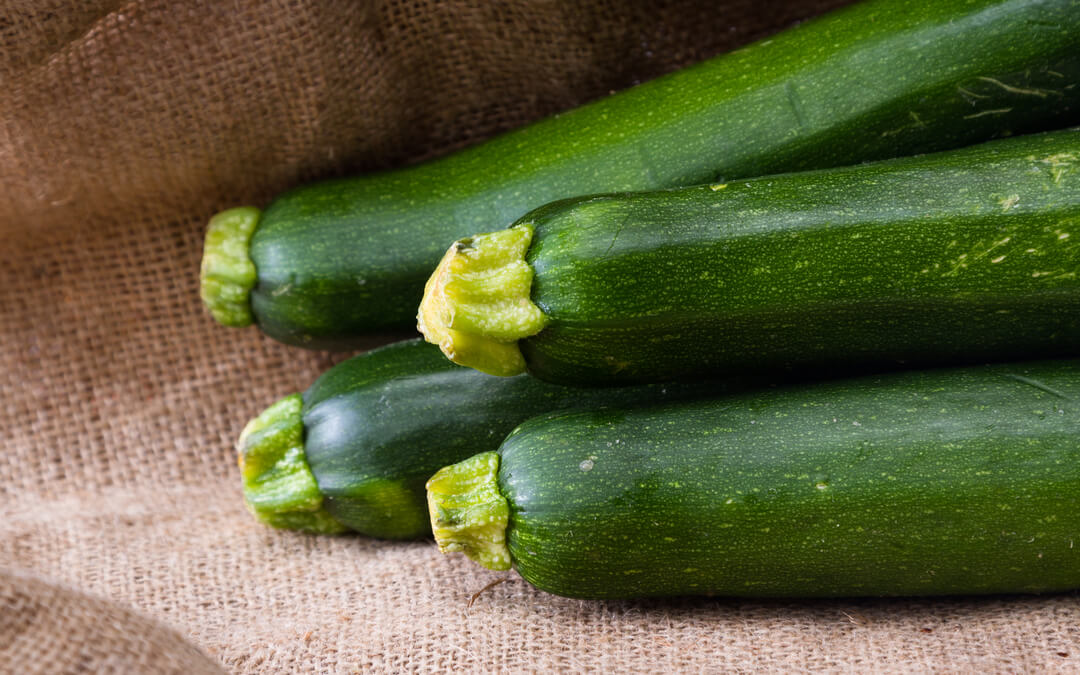Have you had your fill of zucchini yet? We hope not. It’s mid-summer, the time when zucchini is known to grow in abundance.
Believe it or not, botanically, zucchini is a fruit. But it’s treated as a vegetable. Zucchini is low in calories, high in fiber, and full of water. It is also a good source of fiber, calcium, iron, magnesium, phosphorus, and potassium. Containing vitamins A, C, and K, zucchini contains lutein and zeaxanthin, two antioxidants that are believed to be important for eye health. In fact, one cup of sliced zucchini has 20 milligrams, or about 33 percent of your daily value.
Not only is zucchini good for you, but it tastes good too! Zucchini’s flavor has been described as mildly vegetal with just a hint of sweetness and nuttiness.
Now, how can you prepare zucchini?
- Grill it with some of your other favorite vegetables, or simply add garlic and parmesan
- Put it into quick breads or other baked goods
- Add to tomato sauces or pasta dishes
- Include it in a stir fry, soup or quiche
- Grate it — it works well in sweet and savory dishes
- Combine with fresh herbs and feta cheese in fritters
- Use it with cinnamon, sugar, and/or cocoa powder for breads and cakes.
- Slice it lengthwise, add some salt and pepper and a bit of olive oil on it, and grill it
- Roast it with other summer vegetables
- Scoop out the insides and stuff it like a pepper, then layer it with tomato and cheese – and bake it
- Pickle it
- Dehydrate it
There are so many ways to enjoy zucchini – you should consider trying some soon! And if you get too many, here is the best way to store them: Don’t wash or cut up the zucchini until ready to use. Store zucchini unwashed in a perforated or loosely closed plastic bag for up to one week. To freeze zucchini for later use, wash and cut into 1-inch chunks before freezing in a zipper-topped freezer bag.

